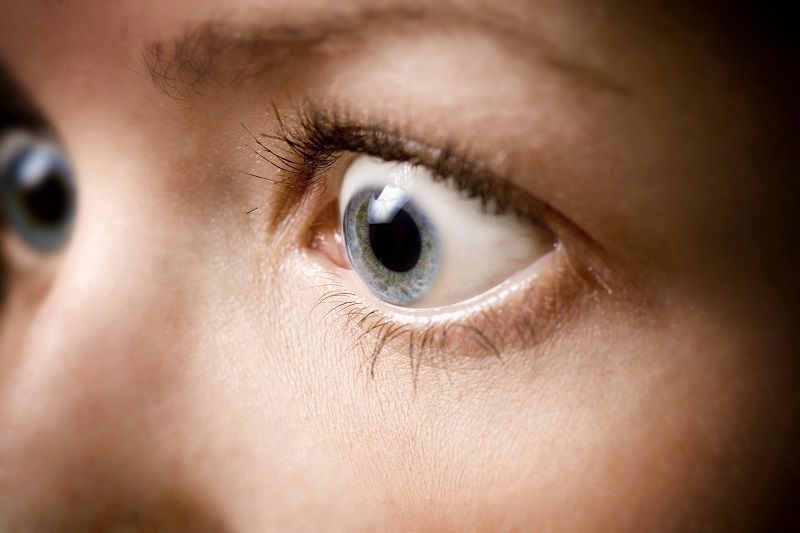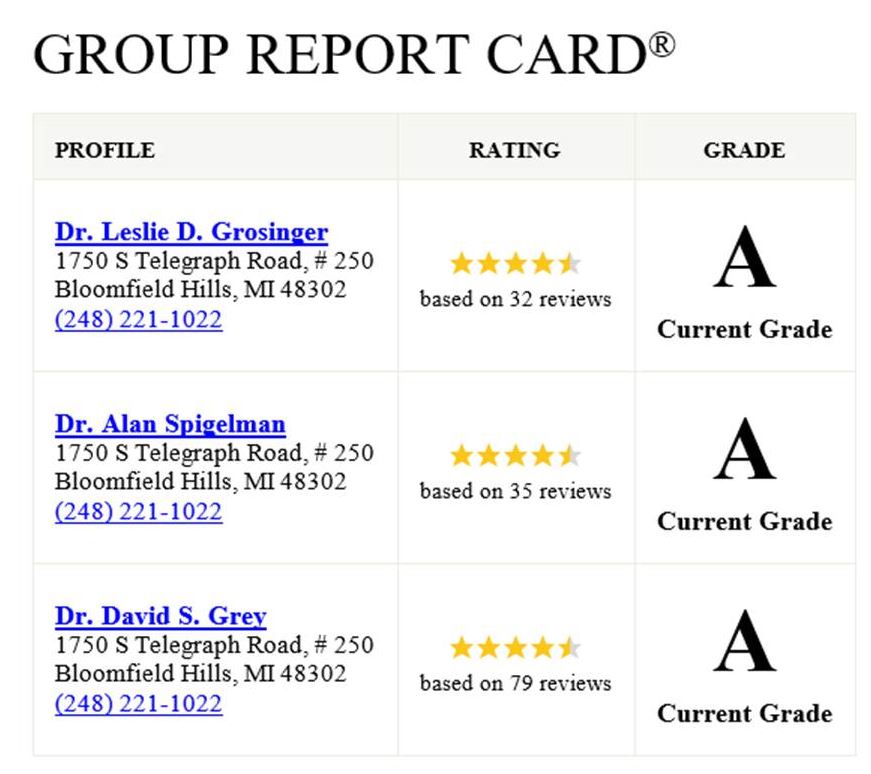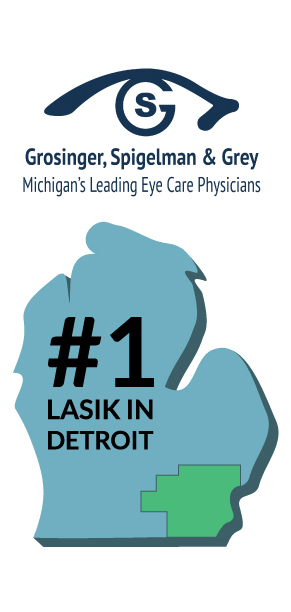
Proptosis is a condition where one or both of the eyes bulge from the socket. While the problem may sound straightforward, there can be a number of underlying health issues that cause it. It’s important to know how to identify proptosis, so you know if you need to seek additional medical advice for treatment.
Symptoms of Proptosis
Vision problems can sometimes accompany proptosis. You should talk to an eye doctor if you notice any of the following:
- Retracting Eyelid – As the eye bulges, the top and bottom eyelids will appear higher and lower than normal.
- Excessive Whites – You will begin to see more of the whites of your eyes. They may appear bigger or rounder as the condition progresses.
- Unexplained Headaches – If a growth exists, it can apply pressure to nerves that cause headaches. You may also experience headaches if you have to strain due to a change in your vision.
- Difficulty Moving Eyes – If it seems difficult to look out of the corner of your eyes, you may have proptosis.
- Difficulty Closing Eyes – Bulging eyes can also make it difficult to close your eyelids. You may notice a sticky sensation when you try to blink.
- Unexplained Dry Eyes – Reduced moisture in the cornea can cause dry eyes. You may also notice increased itching.
- Discomfort and Pain – Eye socket pressure can cause discomfort and pain as proptosis progresses.
Causes of Proptosis
Proptosis can happen due to a list of underlying health problems. One of the most common is Graves’ disease. Other possible causes include an overactive thyroid, tumor, infection, or fistula. Only a professional can provide an accurate diagnosis. Contact Grosinger, Spigelman & Grey ophthalmologists to make an appointment.





